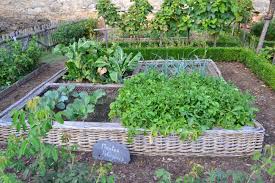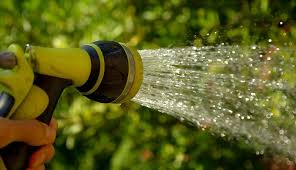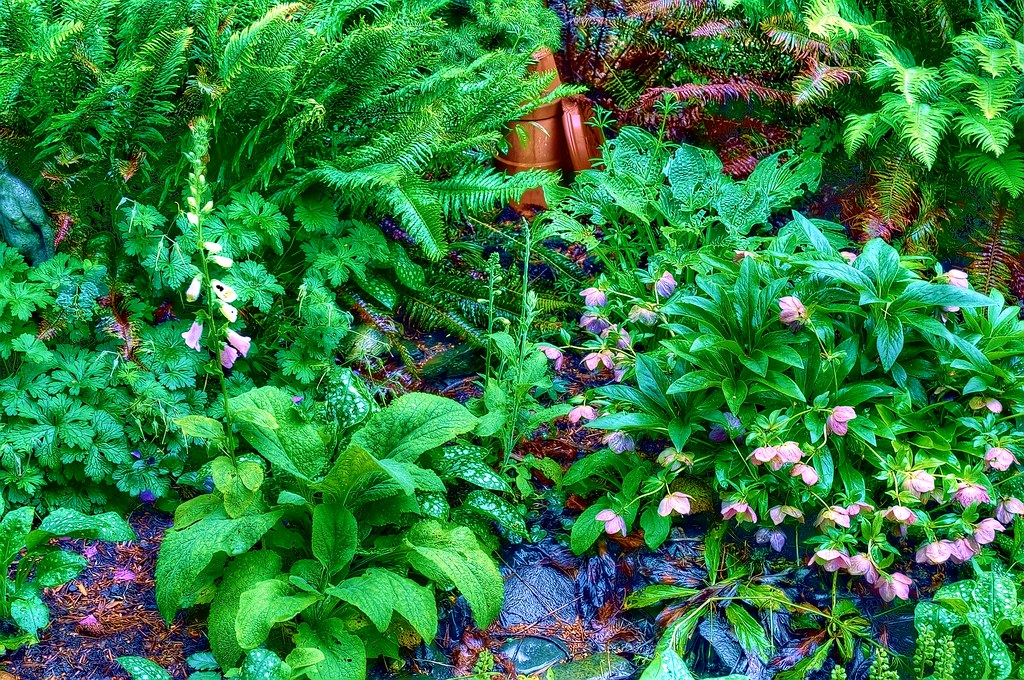Creating a thriving home garden is a rewarding pursuit that connects us with nature, provides fresh produce, and beautifies our living spaces. Whether you’re working with a sprawling backyard or a cozy apartment balcony, this comprehensive guide will help you cultivate your own green oasis. Let’s explore expert tips, techniques, and insights to make your home gardening journey a success.

Getting Started: Planning Your Garden
Before you dig in, it’s crucial to plan your garden:
- Assess your space: Determine how much room you have and what areas get the most sunlight.
- Choose your garden type: Decide between in-ground beds, raised beds, container gardens, or a combination.
- Consider your climate: Research which plants thrive in your local weather conditions.
- Set goals: Are you aiming for a vegetable garden, a flower garden, or a mix of both?
Take time to sketch out your garden layout. This will help you visualize the final result and make efficient use of your space.
- Soil Preparation: The Foundation of a Healthy Garden
Healthy soil is the cornerstone of a successful garden. Here’s how to prepare your soil:
- Test your soil: Use a home testing kit or send a sample to a local extension office to determine pH and nutrient levels.
- Amend the soil: Based on your test results, add organic matter like compost or aged manure to improve soil structure and fertility.
- Loosen the soil: Use a garden fork or tiller to break up compacted soil, allowing roots to penetrate easily.
Remember, building healthy soil is an ongoing process. Consider starting a compost bin to create your own nutrient-rich soil amendment.
- Choosing Plants: Selecting the Right Varieties for Your Garden
When selecting plants, consider:
- Your growing zone: Choose plants adapted to your climate.
- Sun exposure: Match plants to the amount of sunlight in your garden.
- Soil type: Some plants prefer sandy soil, while others thrive in clay.
- Companion planting: Group plants that benefit each other when grown together.
For beginners, start with easy-to-grow varieties like tomatoes, lettuce, zinnias, or marigolds. As you gain experience, you can experiment with more challenging plants.
- Planting Techniques: From Seeds to Seedlings
Whether starting from seeds or transplanting seedlings, proper planting is crucial:
For seeds:
- Follow packet instructions for planting depth and spacing.
- Keep soil consistently moist until germination.
- Thin seedlings as needed to prevent overcrowding.
For transplants:
- Harden off seedlings by gradually exposing them to outdoor conditions.
- Dig holes twice the size of the root ball.
- Gently loosen roots before planting to encourage outward growth.
- Water thoroughly after planting.

Watering Wisely: Efficient Irrigation Strategies
Proper watering is essential for plant health:
- Water deeply and less frequently to encourage deep root growth.
- Water at the base of plants to avoid wetting leaves, which can promote disease.
- Consider installing a drip irrigation system for efficient water use.
- Mulch around plants to retain moisture and suppress weeds.
Remember, different plants have different water needs. Research the specific requirements of your chosen varieties.
- Fertilizing: Nourishing Your Plants
Plants need nutrients to thrive. Here’s how to fertilize effectively:
- Use organic fertilizers like compost tea or fish emulsion for a gentle, sustained nutrient release.
- Apply fertilizer according to package instructions – over-fertilizing can harm plants.
- Consider foliar feeding (spraying diluted fertilizer on leaves) for quick nutrient uptake.
- Rotate nitrogen-fixing plants like beans and peas to naturally enrich your soil.
- Pest and Disease Management: Protecting Your Garden
Maintain a healthy garden with these strategies:
- Practice crop rotation to disrupt pest life cycles.
- Encourage beneficial insects by planting flowers like marigolds and cosmos.
- Remove diseased plants promptly to prevent spread.
- Use organic pest control methods like neem oil or insecticidal soaps when necessary.
- Implement physical barriers like row covers to protect vulnerable plants.
Remember, a diverse garden is more resistant to pests and diseases. Avoid monoculture planting when possible.
- Pruning and Maintenance: Keeping Your Garden in Shape
Regular maintenance keeps your garden healthy and productive:
- Prune to remove dead or diseased growth and shape plants.
- Deadhead flowers to encourage continued blooming.
- Stake tall plants to prevent wind damage.
- Keep tools clean and sharp for efficient use.
Set aside time each week for garden maintenance to stay on top of tasks.

Harvesting: Reaping the Rewards of Your Labor
Proper harvesting techniques ensure the best flavor and continued production:
- Harvest vegetables when they’re young and tender for best flavor.
- Pick fruits and vegetables regularly to encourage continued production.
- Use clean, sharp tools to avoid damaging plants.
- Harvest herbs before they flower for the best flavor.
Don’t be afraid to experiment with harvesting times to find what works best for your taste preferences.
- Extending the Growing Season: Gardening Beyond Summer
Extend your growing season with these techniques:
- Use cold frames or hoop houses to protect plants from frost.
- Plant cold-hardy varieties for fall and winter harvests.
- Apply thick mulch to protect plant roots during winter.
- Start seeds indoors to get a jump on the spring growing season.
- Container Gardening: Making the Most of Limited Space
For those with limited space, container gardening offers a flexible solution:
- Choose containers with adequate drainage.
- Use high-quality potting mix designed for containers.
- Select compact or dwarf varieties suited for container growth.
- Group plants with similar water and sun needs together.
Remember to water container plants more frequently, as they dry out faster than in-ground plants.
- Sustainable Gardening Practices: Nurturing the Environment
Implement these eco-friendly practices in your garden:
- Collect rainwater for irrigation.
- Create a pollinator-friendly garden by planting native flowers.
- Practice vermicomposting to recycle kitchen scraps into fertilizer.
- Use organic gardening methods to protect beneficial insects and soil microorganisms.
By adopting sustainable practices, you’ll create a garden that’s not only beautiful but also beneficial to the local ecosystem.

Home gardening is a journey of continuous learning and discovery. As you implement these expert tips, you’ll develop your own green thumb and create a thriving garden space. Remember to be patient, learn from both successes and failures, and most importantly, enjoy the process of nurturing your own little piece of nature.
Whether you’re growing juicy tomatoes, fragrant herbs, or vibrant flowers, your home garden will provide beauty, sustenance, and a deep connection to the natural world. So grab your gloves, pick up your trowel, and start cultivating your own green space today!
